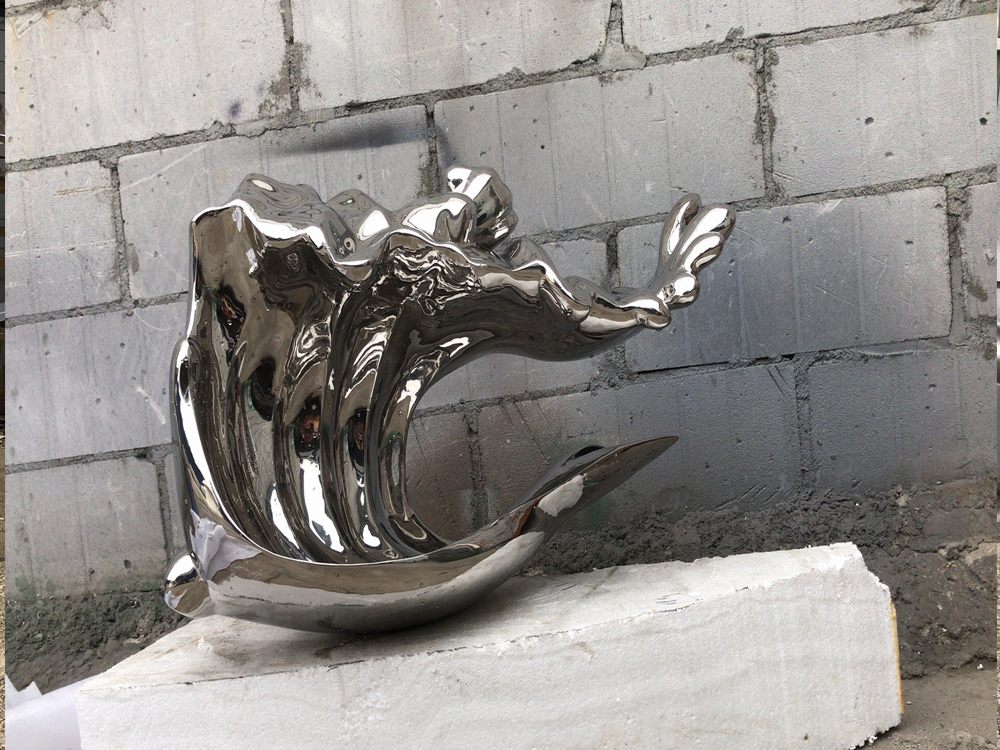
The rarity of a bronze sculpture is influenced by several critical factors, each contributing to its uniqueness and value. Understanding these elements can help collectors and enthusiasts appreciate the artistry and historical significance behind these pieces.
1. Historical Significance: Sculptures tied to notable events, artists, or periods are often rarer. For example, a bronze piece from the Renaissance or created by a renowned sculptor like Auguste Rodin holds immense value due to its historical context.
2. Limited Editions: Many bronze sculptures are cast in limited numbers. The fewer the copies, the rarer the piece. Original casts or those from the first edition are particularly sought after.
3. Craftsmanship and Detail: High-quality craftsmanship, intricate detailing, and the use of unique techniques elevate a sculpture’s rarity. Hand-finished pieces or those with exceptional patina are especially prized.
4. Condition and Preservation: Well-preserved sculptures with minimal damage or restoration retain higher rarity. Over time, environmental factors can degrade bronze, making pristine examples scarce.
5. Provenance and Documentation: A clear history of ownership, authenticity certificates, or exhibition records enhance a sculpture’s rarity. Provenance adds credibility and desirability among collectors.
By considering these factors, collectors can better assess the rarity and value of bronze sculptures, ensuring they acquire truly exceptional pieces for their collections.

